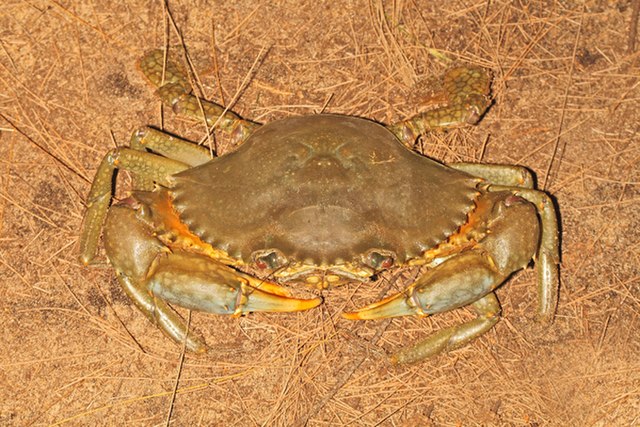The mud crab season has begun in Bangladesh following a two-month yearly ban between January and February.
On March 1, various fishermen took their nets and headed to the forested delta inside Mongla and Rampal coastal areas.
The government gives the mud crab (Scylla olivacea)’s spawning timeline as January through February but new research reveals it usually happens in March and April.
Ban in the Sundarbans
The custom of raising crabs at farm estuaries makes the Bangladeshi crab season to more or less extend throughout the year but for the Sundarbans. Here, the aforementioned two-month ban is restricted.
The Sundarbans is a mangrove delta where three major West Bengal rivers meet, including the Meghna, Brahmaputra and Ganges. Larvae of crabs come through the tide to this national conservancy and affords fishing livelihood for fishermen.
The seasonal moratorium on fishing for this area started in 1998 to improve the sustainability of the crab population. Fishermen in water basins outside this area, however, have been receiving fishing permits each month as usual.
Sundarbans’ fishermen, on their part, usually depend on other means of income or the government’s aid scheme during the two-month hiatus.
A Bright Season Ahead
Given the lost time, permit-bearing fishermen began flocking the canals and riversides of this forestry zone at midnight on March 1st.
They are joining around 15,000 registered crab harvesters who fish year-round in areas outside the Sundarbans.
Boasting 1,874.1 square kilometers of watershed area, this region houses around 14 crab species including the commercially important mud crab.
Mud crabs, like their name suggests, inhabit brackish pools of water, ponds and occasional flood plains during the monsoon.
Fishermen cash in on impressive mud crab prices which reach 500 taka ($4.55) per kg at the dock for extra-large specimens. For those lucky enough to land the rarer soft-shell crabs, the price is even higher. In 2020, a kg fetched between 600 and 700 taka ($5.45-6.36), which sometimes doubled during shortages.
These crabs are a source of income for the government as well, which charges 300 taka ($2.73) for each permit.
Overall, all multi-species crab exports bring substantial revenue to Bangladesh. The 2019-20 market year raked in $42.93 million in value. This was nearly double the 2015-16 export value of $23.82 million and three times 2010-11 period’s $7.2 million.
